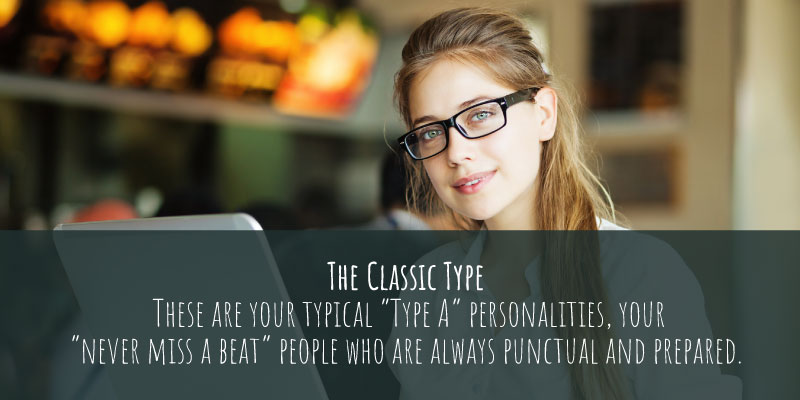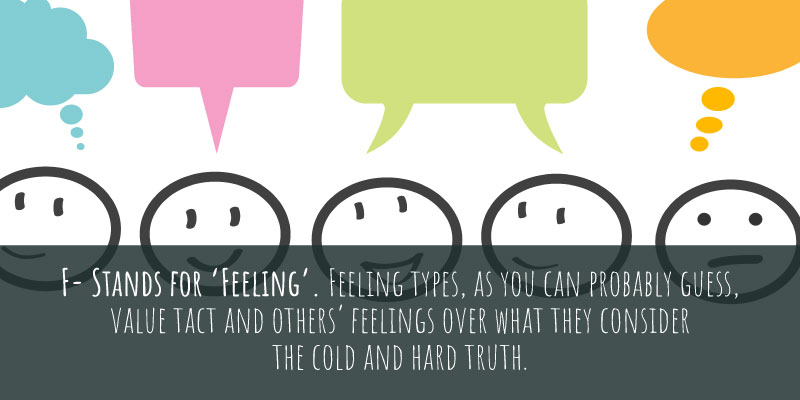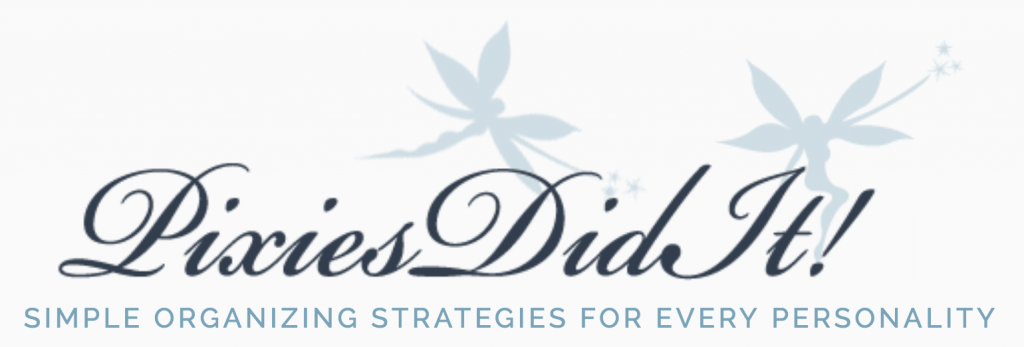Myers Briggs Equivalent of Classic Pixie Types
Although the Pixie Types are all our original brainchildren, they are indeed based on several personality theories, including the Myers Briggs Personality Theory and Jungian personality theories. The Myers Briggs Type Indicator is the original test that Katharine Cook Briggs and Isabel Briggs Myers created, which in turn was based on Carl Jung’s theory of personality: one which included the concept that most people’s personnages were dominated by one of four things: sensation, intuition, feeling and thinking. In other words, that we as humans are all motivated and respond to the world via a combination of these four things. In this article, we’ll go over our definition of the Classic Pixie personality type first, and then elaborate on how each Myers Briggs personality type corresponds to the Classic type. This will help not only define what a Classic type is, but shed some light on the ways in which Classics go about operating in the world.
The Classic Type

In our book, which is available on Amazon, we describe the Classic as traditional and organized. These are your typical “Type A” personalities, your “never miss a beat” people who are always punctual and prepared. In our words, a Classic feels “best about life when striving towards a goal and getting things done.” These types are all about creating routines and structure and sticking to those routines/working within that structure.
In our book, we separate each type into two subtypes. In this case, the subtypes are Classic Structure and Classic Freedom. As the names imply, Classic Structures are typically perfectionistic, not a hair out of place individuals who pride themselves on always being at the ready for guests and neighbors who may drop in. Classic Freedoms are similar to Classic Structures, but with a tad more wiggle room than the latter. These types get things done and definitely do so in an orderly fashion, but perhaps aren’t as, well, stringent about it. Perhaps the main difference between these two subtypes is that Classic Structures have no trouble decluttering, as they are very decisive and loathe clutter of any kind, while Classic Freedoms have a difficult time getting rid of clutter, not being as “cut and dried” as their often ruthless counterparts.
The bottom line is that these types are naturally organized. It’s in their DNA. Their only downfalls are not delegating enough or communicating their organizational systems to other household members, cramming stuff into drawers and other spaces because clutter = horror of horrors, and overextending themselves.
ESTJ and ISTJ Myers Briggs Types
ESTJ and ISTJ Myers Briggs types, like the Classic Structure and Classic Freedom Pixie types, are similar but different in crucial ways. First off, let’s go over what each letter in these types listed above means.

E– Stands for ‘Extrovert.’ Being extroverted means you get your energy from other people and actively spending time with them.
S– Stands for ‘Sensing’. This term refers to using one’s five senses to make ‘sense’ of the world around you. People who have sensing in their Myers Briggs type always rely on facts first, before everything else, and remember details vividly.
T– Stands for ‘Thinking’. These folks are logical to a T, and never let anything personal get in the way of decision-making. In fact, they try very hard to make decisions based on logic and not on feelings.
J– Stands for ‘Judging’. People who have J at the end of their Myers Briggs type are focused planners who avoid rushing to get things done. They love making lists of tasks to undertake, and appear to the outside world to have everything absolutely ‘together’ and organized. They like to have things settled and decided, and are uncomfortable with uncertainty.
The only difference between these two types is in the first letter, which tells you whether or not you are an Extrovert (E) or an Introvert (I). An introvert, while he or she can spend time with others in small doses, often needs recharging time spent alone, contemplating or engaging in a similarly quiet activity. Extroversion and introversion are often mistaken for gregariousness versus unfriendliness or being antisocial. This is far from the case. The definition for these two aspects of Myers Briggs typing rely solely on how each type becomes energized.
ESFJ and ISFJ Myers Briggs Types
We already explained what the E/I and S/J aspects of Myers Briggs personality types meant. Now it’s time to describe the F, which separates the ‘Thinking’ Myers Briggs types from the ‘Feeling’ ones, which is just what the F stands for in this case.

F– Stands for ‘Feeling’. Feeling types, as you can probably guess, value tact and others’ feelings over what they consider the cold and hard truth. While Thinking types value logic and facts over feelings, Feeling types value people, relationships, and maintaining harmony among them at all costs. They are considered to be warm, compassionate, people persons.
Now that we’ve covered how the types correlate to one another, or how Pixie types have qualities that the four above Myers Briggs types have, it might be easier for you to see where you fit into the type system we’ve created. As a special incentive, you can buy the book, let us know via email (pixiesdidit@gmail.com) and be automatically entered to win a FREE consultation session with us! Buy the book, take the quiz, and get ready to win a way to organize that fits you perfectly!
